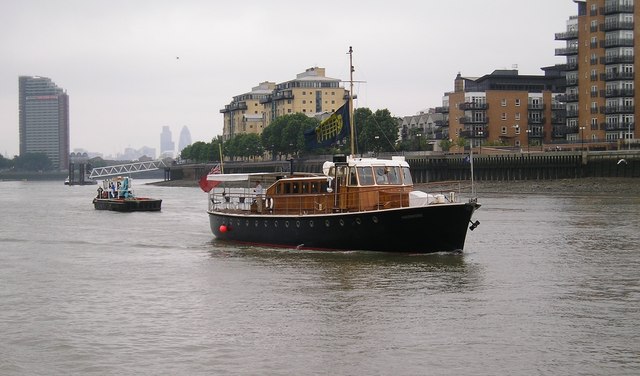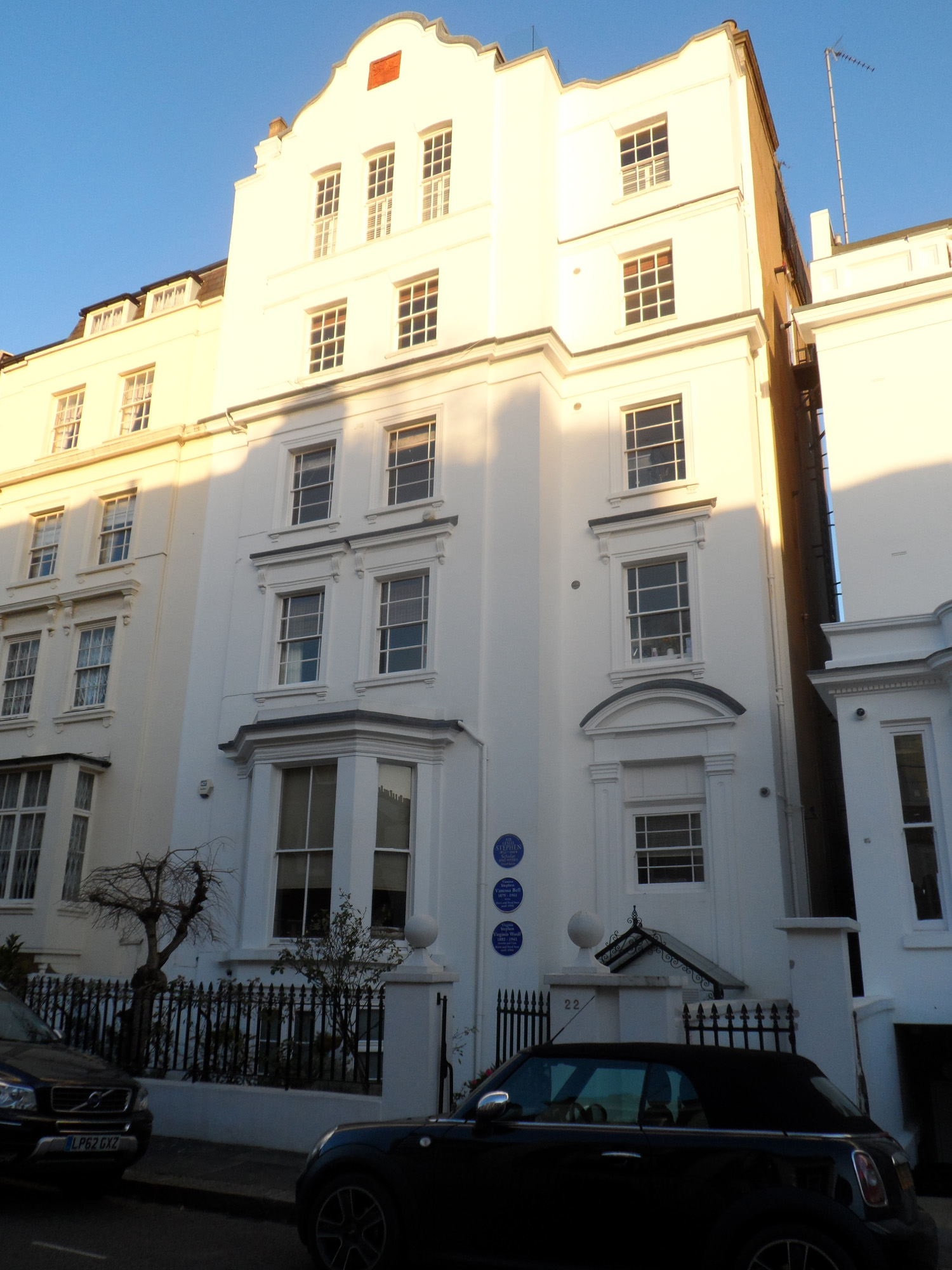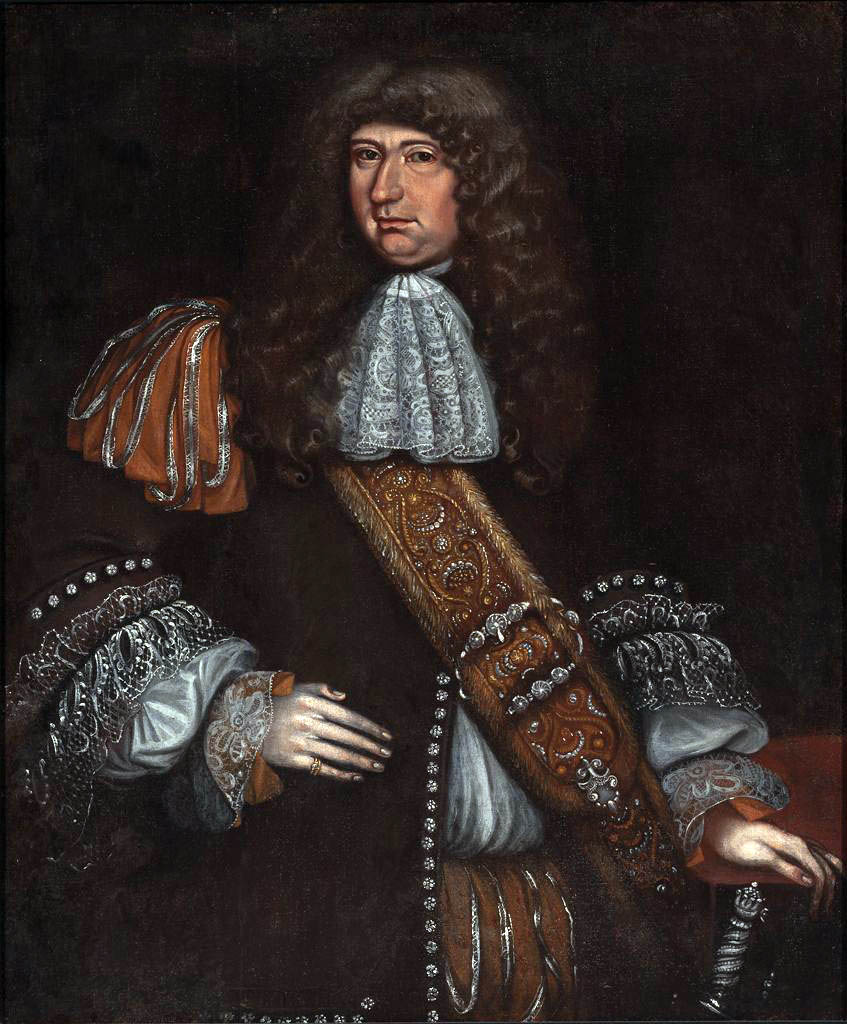|
Funeral Of Winston Churchill
Sir Winston Churchill, the British statesman, soldier, and writer who served as Prime Minister of the United Kingdom during the Second World War, died on 24 January 1965, aged 90. His was the first State funerals in the United Kingdom, state funeral in the United Kingdom for a non-member of the Royal Family since Edward Carson's in 1935. It was the last state funeral until Death and state funeral of Elizabeth II, Queen Elizabeth II's on 19 September 2022. The official funeral lasted for four days. Planning for the funeral, known as Operation Hope Not, began 12 years before Churchill's death. It was initiated after Churchill's stroke in 1953 while in Third Churchill ministry, his second term, as Winston Churchill in the Second World War, the wartime prime minister of the United Kingdom. After several revisions due to Churchill's continued survival (mainly because "the pallbearers kept dying", explained Lord Mountbatten), the plan was issued on 26 January 1965, two days after his d ... [...More Info...] [...Related Items...] OR: [Wikipedia] [Google] [Baidu] |
St Paul's Cathedral
St Paul's Cathedral is an Anglican cathedral in London and is the seat of the Bishop of London. The cathedral serves as the mother church of the Diocese of London. It is on Ludgate Hill at the highest point of the City of London and is a Grade I listed building. Its dedication to Paul the Apostle dates back to the original church on this site, founded in AD 604. The present structure, dating from the late 17th century, was designed in the English Baroque style by Sir Christopher Wren. Its construction, completed in Wren's lifetime, was part of a major rebuilding programme in the city after the Great Fire of London. The earlier Gothic cathedral (Old St Paul's Cathedral), largely destroyed in the Great Fire, was a central focus for medieval and early modern London, including Paul's walk and St Paul's Churchyard, being the site of St Paul's Cross. The cathedral is one of the most famous and recognisable sights of London. Its dome, surrounded by the spires of Wren's City chur ... [...More Info...] [...Related Items...] OR: [Wikipedia] [Google] [Baidu] |
London Waterloo Railway Station
Waterloo station (), also known as London Waterloo, is a central London terminus on the National Rail network in the United Kingdom, in the Waterloo area of the London Borough of Lambeth. It is connected to a London Underground station of the same name and is adjacent to Waterloo East station on the South Eastern Main Line. The station is the terminus of the South West Main Line to via Southampton, the West of England main line to Exeter via , the Portsmouth Direct line to which connects with ferry services to the Isle of Wight, and several commuter services around west and south-west London, Surrey, Hampshire and Berkshire. The station was opened in 1848 by the London and South Western Railway, and it replaced the earlier as it was closer to the West End. It was never designed to be a terminus, as the original intention was to continue the line towards the City of London, and consequently the station developed in a haphazard fashion, leading to difficulty finding the ... [...More Info...] [...Related Items...] OR: [Wikipedia] [Google] [Baidu] |
Hyde Park Gate
Hyde Park Gate is a street in Central London, England, which applies to two parallel roads in Kensington on the southern boundary of Kensington Gardens. These two roads run south, perpendicular to Kensington Road, but the name Hyde Park Gate also applies to the houses on the south side of that road between Queen's Gate and De Vere Gardens. It is known for being a former residence and the death place of Sir Winston Churchill. The numbering system was changed in 1884, e.g. Number 11 became 20. Notable residents Number 6 * The Consular Section of the Embassy of Algeria Number 9 * Robert Baden-Powell, 1st Baron Baden-Powell, founder of the scouting movement Number 14 * Margaret Kennedy, novelist Number 16 * The Embassy of Estonia Number 17 * Victoria Claflin Woodhull Martin, first woman to run for the US presidency Number 18 * Sir Jacob Epstein, sculptor and painter Number 19 * Arthur Stockdale Cope, artist member of the Royal Academy Number 22 * Vanessa Bell, pain ... [...More Info...] [...Related Items...] OR: [Wikipedia] [Google] [Baidu] |
The Daily Telegraph
''The Daily Telegraph'', known online and elsewhere as ''The Telegraph'', is a national British daily broadsheet newspaper published in London by Telegraph Media Group and distributed across the United Kingdom and internationally. It was founded by Arthur B. Sleigh in 1855 as ''The Daily Telegraph & Courier''. Considered a newspaper of record over ''The Times'' in the UK in the years up to 1997, ''The Telegraph'' generally has a reputation for high-quality journalism, and has been described as being "one of the world's great titles". The paper's motto, "Was, is, and will be", appears in the editorial pages and has featured in every edition of the newspaper since 19 April 1858. The paper had a circulation of 363,183 in December 2018, descending further until it withdrew from newspaper circulation audits in 2019, having declined almost 80%, from 1.4 million in 1980.United Newspapers PLC and Fleet Holdings PLC', Monopolies and Mergers Commission (1985), pp. 5–16. Its si ... [...More Info...] [...Related Items...] OR: [Wikipedia] [Google] [Baidu] |
Earl Marshal
Earl marshal (alternatively marschal or marischal) is a hereditary royal officeholder and chivalric title under the sovereign of the United Kingdom used in England (then, following the Act of Union 1800, in the United Kingdom). He is the eighth of the great officers of State in the United Kingdom, ranking beneath the lord high constable and above the lord high admiral. The dukes of Norfolk have held the office since 1672. The marshal was originally responsible, along with the constable, for the monarch's horses and stables including connected military operations. As a result of the decline of chivalry and sociocultural change, the position of earl marshal has evolved and among his responsibilities today is the organisation of major ceremonial state occasions such as the monarch's coronation in Westminster Abbey and state funerals. He is also the leading officer of arms and oversees the College of Arms. He is the sole judge of the High Court of Chivalry. The current earl ... [...More Info...] [...Related Items...] OR: [Wikipedia] [Google] [Baidu] |
Bernard Fitzalan-Howard, 16th Duke Of Norfolk
Bernard Marmaduke Fitzalan-Howard, 16th Duke of Norfolk (30 May 1908 – 31 January 1975), styled Earl of Arundel and Surrey until 1917, was a British peer and politician. He was the eldest surviving son of Henry Fitzalan-Howard, 15th Duke of Norfolk, who died when Bernard was only nine years old. His mother was Gwendoline Herries, 12th Lady Herries of Terregles, and he inherited her peerage when she died in 1945. He was educated at the Oratory School and was commissioned into the Royal Horse Guards in 1931, but resigned his commission in 1933. He joined the 4th Battalion, Royal Sussex Regiment, in the Territorial Army in 1934, and was promoted Major in 1939. He served briefly in the Battle of France, during which he was evacuated sick. He subsequently served as Agricultural Secretary in Winston Churchill's Cabinet from February 1941 until June 1945. As hereditary Earl Marshal, he organised the coronation of King George VI and Queen Elizabeth, the coronation of Queen El ... [...More Info...] [...Related Items...] OR: [Wikipedia] [Google] [Baidu] |
Downing Street
Downing Street is a street in Westminster in London that houses the official residences and offices of the Prime Minister of the United Kingdom and the Chancellor of the Exchequer. Situated off Whitehall, it is long, and a few minutes' walk from the Houses of Parliament. Downing Street was built in the 1680s by Sir George Downing. For more than three hundred years, it has held the official residences of both the First Lord of the Treasury, the office now synonymous with that of the Prime Minister, and the Second Lord of the Treasury, the office held by the Chancellor of the Exchequer. The Prime Minister's official residence is 10 Downing Street, and the Chancellor's official residence is Number 11. The government's Chief Whip has an official residence at Number 12. In practice, these office-holders may live in different flats; the current Chief Whip actually lives at Number 9. The houses on the south side of the street were demolished in the 19th century to make way for ... [...More Info...] [...Related Items...] OR: [Wikipedia] [Google] [Baidu] |
Allies Of World War II
The Allies, formally referred to as the United Nations from 1942, were an international military coalition formed during the Second World War (1939–1945) to oppose the Axis powers, led by Nazi Germany, Imperial Japan, and Fascist Italy. Its principal members by 1941 were the United Kingdom, United States, Soviet Union, and China. Membership in the Allies varied during the course of the war. When the conflict broke out on 1 September 1939, the Allied coalition consisted of the United Kingdom, France, and Poland, as well as their respective dependencies, such as British India. They were soon joined by the independent dominions of the British Commonwealth: Canada, Australia, New Zealand and South Africa. Consequently, the initial alliance resembled that of the First World War. As Axis forces began invading northern Europe and the Balkans, the Allies added the Netherlands, Belgium, Norway, Greece, and Yugoslavia. The Soviet Union, which initially had a nonaggression pa ... [...More Info...] [...Related Items...] OR: [Wikipedia] [Google] [Baidu] |
100 Greatest Britons
''100 Greatest Britons'' is a television series that was broadcast by the BBC in 2002. It was based on a television poll conducted to determine who the British people at that time considered the greatest Britons in history. The series included individual programmes featuring the top ten, with viewers having further opportunity to vote after each programme. It concluded with a debate and final determination of the ranking of the top ten. Although many living people were included among the top 100, all of the top ten were deceased. Poll The poll resulted in nominees including Guy Fawkes, who was executed because of his role in the plot to blow up the Parliament of England; Oliver Cromwell, who created a republican British state (the Commonwealth of England, Scotland, and Ireland); Richard III, suspected of murdering his nephews; James Connolly, an Irish nationalist and socialist who was executed by the Crown due to his part in the 1916 Easter Rising; Thomas Paine, who wrote against ... [...More Info...] [...Related Items...] OR: [Wikipedia] [Google] [Baidu] |
SR Battle Of Britain Class 21C151 Winston Churchill
21C151 ''Winston Churchill'' is a Southern Railway Battle of Britain class 4-6-2 Pacific steam locomotive that has been preserved as part of the United Kingdom's National Collection. It is on display at the Locomotion Museum at Shildon. Career 21C151 was built at Brighton Works in 1946, being released to traffic on 30 December of that year. Initially it was unnamed and paired with tender 3301. It was first allocated to Salisbury locomotive shed for services on the West of England Main Line between London and Exeter. Naming 21C151 was officially named ''Winston Churchill'' in a ceremony at Waterloo railway station on 11 September 1947. The former prime minister, by then Leader of the Opposition, was offered the chance to name the locomotive, but turned it down, claiming a prior engagement. The locomotive was named by Lord Dowding, who also named his own eponymous locomotive at the same ceremony. Churchill was the only person to decline the opportunity to name a Battle of Br ... [...More Info...] [...Related Items...] OR: [Wikipedia] [Google] [Baidu] |
Sir Winston Churchill's Funeral Train
21C151 ''Winston Churchill'' is a Southern Railway Battle of Britain class The SR West Country and Battle of Britain classes, collectively known as ''Light Pacifics'' or informally as ''Spam Cans'', are air-smoothed 4-6-2 ''Pacific'' steam locomotives designed for the Southern Railway by its Chief Mechanical Engine ... 4-6-2 Pacific steam locomotive that has been preserved as part of the United Kingdom's National Railway Museum#National Collection, National Collection. It is on display at the Locomotion Museum at Shildon. Career 21C151 was built at Brighton Works in 1946, being released to traffic on 30 December of that year. Initially it was unnamed and paired with tender 3301. It was first allocated to Salisbury locomotive shed for services on the West of England Main Line between London and Exeter. Naming 21C151 was officially named ''Winston Churchill'' in a ceremony at London Waterloo station, Waterloo railway station on 11 September 1947. The former prime minist ... [...More Info...] [...Related Items...] OR: [Wikipedia] [Google] [Baidu] |
MV Havengore
''Havengore'' is a former hydrographic survey launch, originally launched in 1956 for service with the Port of London Authority (PLA). After her withdrawal from service and sale in 1995, she was re-registered as a passenger vessel for up to 40 passengers. Based on the River Thames, ''Havengore'' has also served as a ceremonial vessel. She is best known for carrying the body of Sir Winston Churchill as part of his state funeral in 1965. ''Havengore'' was named after Havengore Island, a low-lying marshy island off the coast of Essex. The derivation of the word Havengore is Old English, 'haefen' meaning an anchorage and 'gor' meaning muddy. The adjoining Havengore Creek marked the northern end of the PLA's jurisdiction prior to 1964, when it was extended to include the whole of the Thames Estuary. By convention many PLA vessels are named after features of the River Thames. History Construction ''Havengore'' was commissioned by the Port of London Authority (PLA) in 1954 to repl ... [...More Info...] [...Related Items...] OR: [Wikipedia] [Google] [Baidu] |










